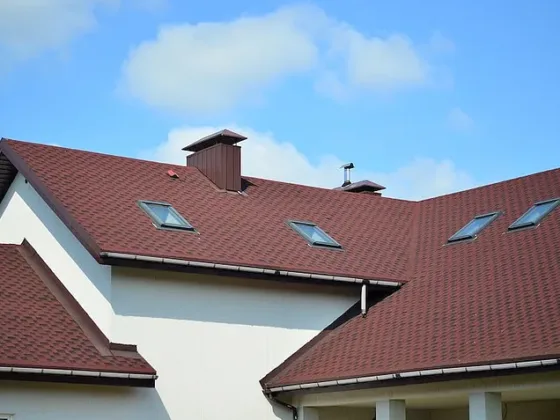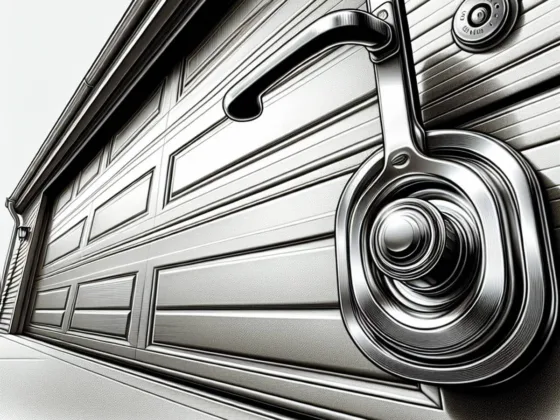Lawn mowers mow the lawn completely independently.
The robot only needs to be switched on and it then decides independently when and where to drive. But how can something like that work? And do you still have to take any precautions as a human so that the robot can work properly?
How a robotic lawnmower works are explained in this article.

How Does a Robotic Lawnmower Work?
The robotic lawnmower has sharp blades on its underside. He uses it to cut the grass, similar to a normal lawnmower or as like Self Propelled Cordless Lawn Mower. The only difference is that the robotic lawnmower is significantly less powerful and therefore does not generate negative pressure.
It doesn’t chop off the stalks (like normal lawn mowers do) but actually cuts the stalks. For this to work, the lawn must not be too high for the robotic lawnmower.
In principle, the robot lawn mower is in constant use. Strictly speaking, it doesn’t just mow the lawn briefly when the grass has gotten too high, it also keeps the lawn short all the time.
He usually only interrupts his work in rainy weather and for charging breaks, during which the built-in battery is recharged in the charging station. Otherwise, he drives the lawn constantly to keep the grass short. Due to the quiet operation, continuous operation is also no problem at all.
The power supply of the electric motor is ensured by the battery. The locomotion happens via wheels that are controlled separately. So he can determine and steer the direction of travel.
It can also turn on the spot by turning both drive wheels in opposite directions. Additional wheels are used to support the device so that it does not tip over.
Read Also:
How Does the Robotic Lawnmower Know Where to Go?
We, humans, find it easy to mow the lawn: We have eyes and can see where we have to go with the lawn mower. A robot cannot do that – it has to decide by other means where to mow.
The decisions are made by the control software, taking into account influences from sensors. A wide variety of sensors are the most important suppliers of information for the robotic lawnmower.
The information is evaluated from impact sensors, distance sensors, tilt sensors, and weather sensors, for example, and that ultimately decides on the behaviour of the robot.
Most robotic lawn mowers move across the lawn in more or less random directions. If there are obstacles in the way, this is recognized by the sensors and the robotic lawnmower can drive around the obstacle.
Usually, the apparently random driving down the lawn is based on a strategy, such as a spiral ride or changes of direction, in order to have covered the entire lawn area at some point.
It is quite normal that some places are visited more often, while other (possibly difficult to access) places are rarely visited. Daily use is therefore necessary so that the entire lawn area is regularly recorded.
Limitation of the Working Area by Perimeter Wire
For most robotic lawnmowers, you have to demarcate the lawn with a perimeter wire. The robotic lawnmower will then move in this area. The wire is laid on or a little under the ground.
It is mostly a live cable that is detected by the robot lawn mower through induction – it will not run over this cable. Even if this normally works without any problems, it should not be ruled out that the wire is not recognized and the robot may leave the mowing area.
There are now a few newer models that have additional lawn sensors so that they can detect whether they are on a lawn even without a boundary wire.
How Does the Robot Lawn Mower Find the Charging Station?
Most robotic lawnmowers need to return to the charging station to recharge their built-in battery. A few models can be charged directly via solar cells.
A so-called “guide cable” is used to find the charging station. This is the case, for example, with the Gardena models. This guidewire is laid in the ground similar to the boundary wire. When the robotic lawnmower wants to be charged, it will follow this cable and find the charging station.









